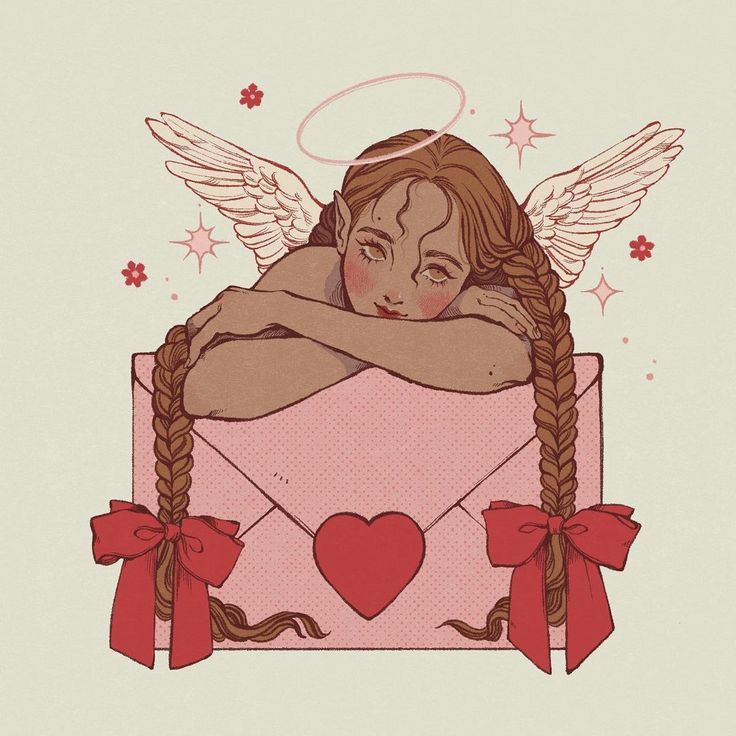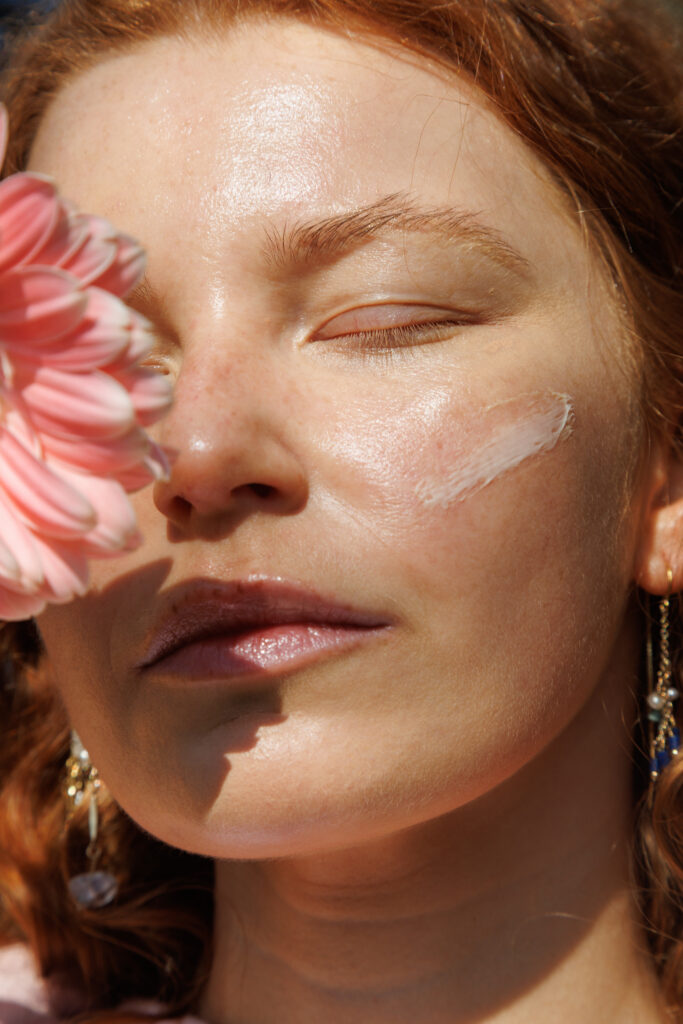If you celebrate Valentine’s Day, it means you will see a facade of expensive bouquets, heart-shaped chocolate and teddy bears with gaudy satin heart decorations and beady little eyes, but the holiday’s traditions are far less certain than the consumption of mass-produced sentiments.
I’m not a total Valentine’s Day hater–––a bouquet of flowers and a note asking to be my Valentine is the treatment I’ve come to love and expect in a long-term relationship, and it’s sweet to acknowledge love no matter the day. Despite my somewhat neutral stance, there are many fierce defenders of the should we, shouldn’t we, debate regarding the notion of having a Valentine. Therefore, to better understand why people are so vehement in their opinions regarding February 14, let’s dive into the origins of Valentine’s Day, and how it’s come to be the capitalism feast it is today.
The History of Valentine’s Day
As with most Western holiday traditions, Valentine’s Day has its roots in Christianity. As is the way of ancient traditions, texts and legends, the details regarding the day’s conception are vague.
The day is generally believed to have begun as opposition to the Roman festival Lupercalia. This day of festivities was a celebration of fertility and new life, including the marrying off of women to men through a lottery-like system. Lupercalia was held in mid-February, much like our modern Valentine’s Day, and has similarities to the pagan sabbat of Ostara, which likewise celebrates new life and fertility, but focuses more on fire and warmth rather than gifting away women. The heyday of Lupercalia would eventually come to an end, however, with the banning of the festival by Pope Gelasius I in the end of the 5th century. With Christianity becoming legalised in the Roman Empire in 380 CE, the religion’s grip on Roman traditions increasingly tightened, resulting in stricter and more Biblical holidays. Under Pope Gelasius I’s ban, Lupercalia became St Valentine’s Day, but it was not a omantic holiday. In fact, the romantic origins of this day are highly uncertain and contested, since no one can really be sure which Saint Valentine the holiday is named after.
The day did become a loved-up occasion in the 14th century, when people began to send letters, or Valentines, to each other to declare their love or affection, for either a spouse or family member. The day was more about giving thanks to your loved ones, rather than splurging on a gift for your girlfriend.
Valentine’s Day first became commercialised in the mid-1800s when the United States began to print gifting cards that could be purchased. The cards often depicted Cupid, the Roman god of love, attraction and sexual desire, or hearts and doves. It’s interesting how Cupid was depicted, being a Roman god when the tradition stemmed from a Roman holiday, despite all other parts of the festivity falling away. Nowadays, Valentine’s sees cute heart-shaped boxes of chocolates, red roses––the rose of love and desire––and teddy bears or jewellery. Essentially, the modern-day version of Cupids and doves.
The Bad, the Weird and the Good
When I was in year four, a boy named James gave me a heart-shaped chocolate on February 14 and told me I was his Valentine. Not only did the action take me completely by surprise, but it forever replays in my mind, along with the thought of how the day can be such an innocent, sweet and positive thing. While James and I were never meant to be, I do believe that it’s always a good thing to celebrate those you love, regardless of romance.
From Galentine’s celebrations to self-love parties, ‘traditional’ (i.e. modern yet not 2025) Valentine’s celebrations have been shaken up. It’s now normal to love yourself, your friends, and your family, not just a partner on Valentine’s Day. Basically, someone being your Valentine just means you acknowledge you love them and that they mean a lot to you. What could be bad about that? Now, I see the criticism, too. Obviously, Valentine’s can be about a single chocolate, a hand-made card or a single wildflower picked from a backyard, but it has made an unfortunate fall into consumerist blandness, a diagnoses robbing the day of its romance and replacing that sweetness with the temporary high of a big purchase and an Instagram post.
In 2023, Australians spent over $485 million on Valentine’s Day. The biggest group of big spenders were 18-25 year old Australians, who spent $215 million as a single age group.
Perhaps TikTok has something to do with it. Many critics have stated that the increase of social media use in recent years has impacted our spending habits, with the promotion of consumerism higher than ever due to trends such as hauls, everything-I-got-at videos and promotional packages sent to influencers. According to Forbes, TikTok is the way that half of teens decide what and when to purchase something. By promoting Valentine’s Day as a reason to buy extravagant gifts and luxurious treats on social media, more and more younger people will feel the pressure to purchase, losing the reason for the holiday’s purpose.
Another point to consider is that the holiday originated as a festival at which women were literally raffled off to husbands. A day to celebrate fertility, women were basically prized awards to breed and create with, rather than being valued as an individual with choice. Of course, historically, marriage would have protected women from being vulnerable in society, however, they wouldn’t need to be protected in the first place, if not for the sense of ownership inherent with patriarchy, but that is a discussion for another time. Essentially, when a holiday has such grey and complicated roots, it can be difficult to enjoy it with the more you learn. Perhaps ignorance is bliss when it comes to traditions like Valentine’s–––regardless, the day has weird origins, and this is another common critique.
Before all this negativity spreads like a disease, another positive of the debate to consider is that everybody wants to feel loved, no matter the day. Yes, it’s good to show love every day, not just on one random day of the year. But the fact is that Valentine’s is a well-rooted tradition in Western culture, and not getting a Valentine can be a hurtful thing. Being shown that you’re loved and appreciated, even if it’s cheesy, is heartwarming and endearing. I’m sure if your best friend gave you a card saying that you’re lovely, you wouldn’t refuse and throw it back. And I’m sure that if you gave your mother or aunt a bunch of flowers, even the most affordable ones from Coles, she would feel special.
Genuine Love, Not a Packaged Promise
The key takeaway from this article is that for anything about love to be meaningful, it needs to be real, authentic, and genuine. Yes, an expensive date is luxurious and fun. And yeah, who doesn’t love a new lingerie set, chocolates, a huge bunch of roses? While all of those things are welcomed gifts, at the end of the day, they are material items purchased in a store, mass produced for millions of other women and couples, with no real individuality. According to a study by Dr Michelle McQuaid, 78% of women would rather be embraced for who hey are, year-round, than be expected to be a certain type of woman, to a certain degree of femininity and receive a Valentine’s date. In fact, half of the women surveyed revealed they don’t believe those they are closest to love them for who they really are, with 82% of the women feeling burnt-out from trying to be perfect for those they love.
Basically, the performance of trying to be perfect for others is exhausting, and what women want is to feel loved, for who they are, in a way that is honest and true and personal, rather than in an expensive and expectation-laden form. Love should be about openness, vulnerability and trust, knowing that your flaws are not imperfections, but are just a part of who you are. When it comes to Valentine’s celebrations, your favourite meal cooked at home, your favourite type of flowers, not just the most expensive ones or the ones with a heart balloon in them, and a handwritten letter will always trump a card received and given by millions of others. The best gift, though, is knowing you are loved every day, for exactly who you are.
Everyone loves to be loved and loves to be reminded that they are loved. Yes, the holiday may be a confusing, vague and a somewhat morally debatable tradition, but the bottom line is, love is always worth celebrating.
Read more of our Valentine’s Day articles here.
Artwork by Karlovy Cross





